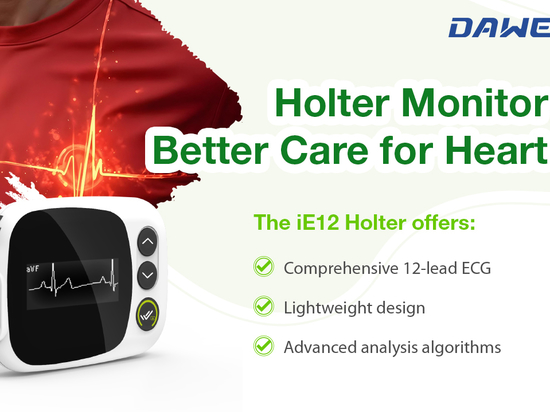
#Product Trends
Enhancing Emergency and Point-of-Care Services
DAWEI Wireless Handheld Ultrasound Probe
In recent years, handheld ultrasound probes have seen rapid development and are gaining increasing popularity among doctors and healthcare facilities. Unlike traditional ultrasound devices that are confined to specific departments, requiring patients to wait for their diagnosis, handheld ultrasound probes are widely employed across various specialties such as anesthesiology, cardiology, intensive care, emergency medicine, obstetrics and gynecology, sports medicine, primary care, PICC, urology, telemedicine, and medical education. Their pocket-sized, lightweight, economical, portable, and user-friendly nature makes them highly advantageous.
Wireless probes have immense market potential, with global demand rising annually, particularly in the realms of POCUS and emergency medicine.
Wireless Ultrasound Probe in Emergency Medicine
Ideal for use in ambulances, emergency rooms, intensive care units, and other critical settings, wireless ultrasound probes allow immediate patient assessment without waiting times. They facilitate internal bleeding evaluations, subcutaneous ultrasound guidance, anesthesia injections, and more.
Key Functions of Wireless Ultrasound Probes in Emergency Medicine:
Assessment of acute abdominal conditions
Evaluation of organ damage
Diagnosis of fractures
Detection of internal bleeding
Identification of pneumothorax
Examination and drainage of pericardial effusion
Cardiovascular assessments
Utilization in emergency ambulance settings
Wireless Ultrasound Probe Applications in POCUS
Wireless ultrasound probes, especially in Point-of-Care Ultrasound (POCUS), are now indispensable in modern medical practice. POCUS involves using portable ultrasound devices at the patient's bedside for immediate diagnostic and therapeutic interventions. These probes find utility in various settings such as the intensive care unit (ICU) for monitoring therapy, the emergency department (ED) for rapid pathological assessments, and physiological monitoring including hemodynamic evaluations, preload assessments, cardiac function evaluations (left ventricular function and right ventricular function), afterload assessments, and volume status assessments. Additionally, they are instrumental in assessing abdominal, gynecological, or obstetric conditions.
The DAWEI Wireless Handheld Ultrasound Probe
The DAWEI Wireless Handheld Ultrasound Probe exemplifies these benefits with its advanced features:
High-Resolution Imaging: Provides clear and detailed images for accurate diagnosis.
User-Friendly Interface: Compatible with multiple devices, including smartphones and tablets.
Durable and Reliable: Built to withstand rigorous use in various environments, ensuring longevity and consistent performance.
Versatile Applications: Suitable for a wide range of medical applications, making it a versatile tool for clinicians.
The DAWEI Wireless Handheld Ultrasound Probe, in particular, stands out as a robust and versatile option for enhancing patient care across various medical settings.






